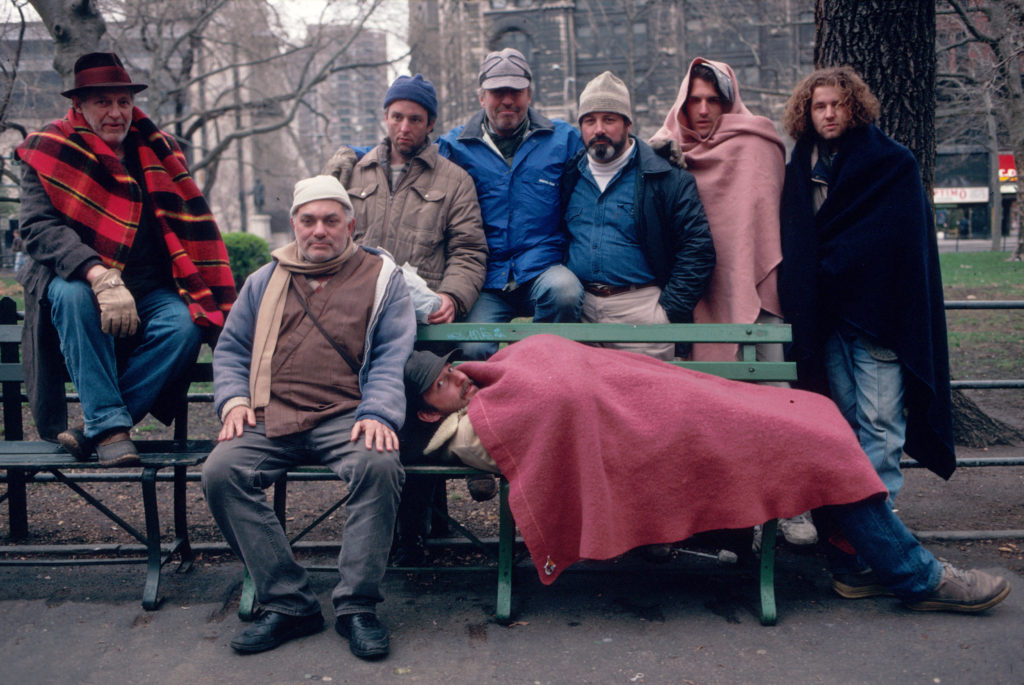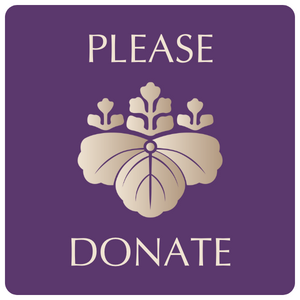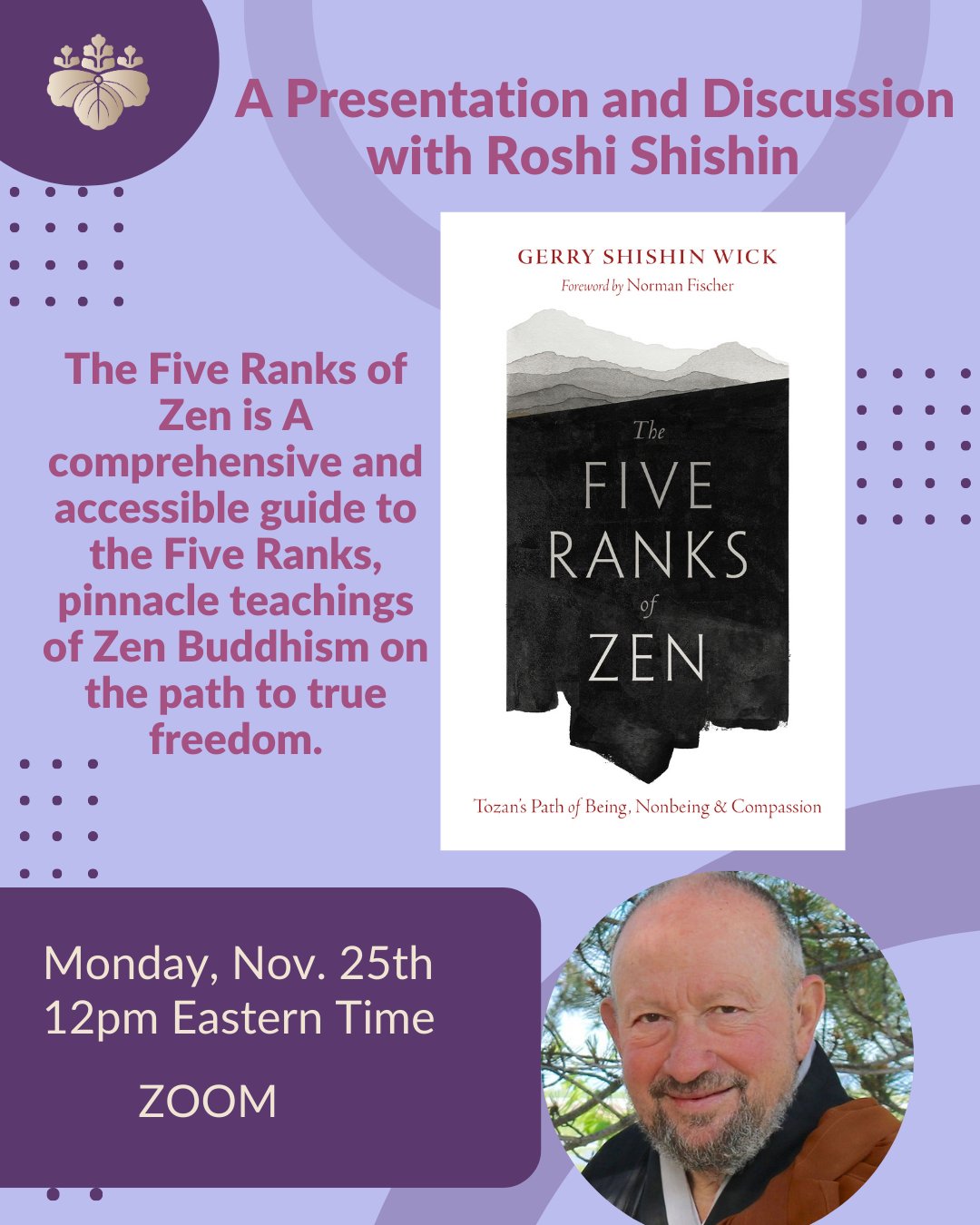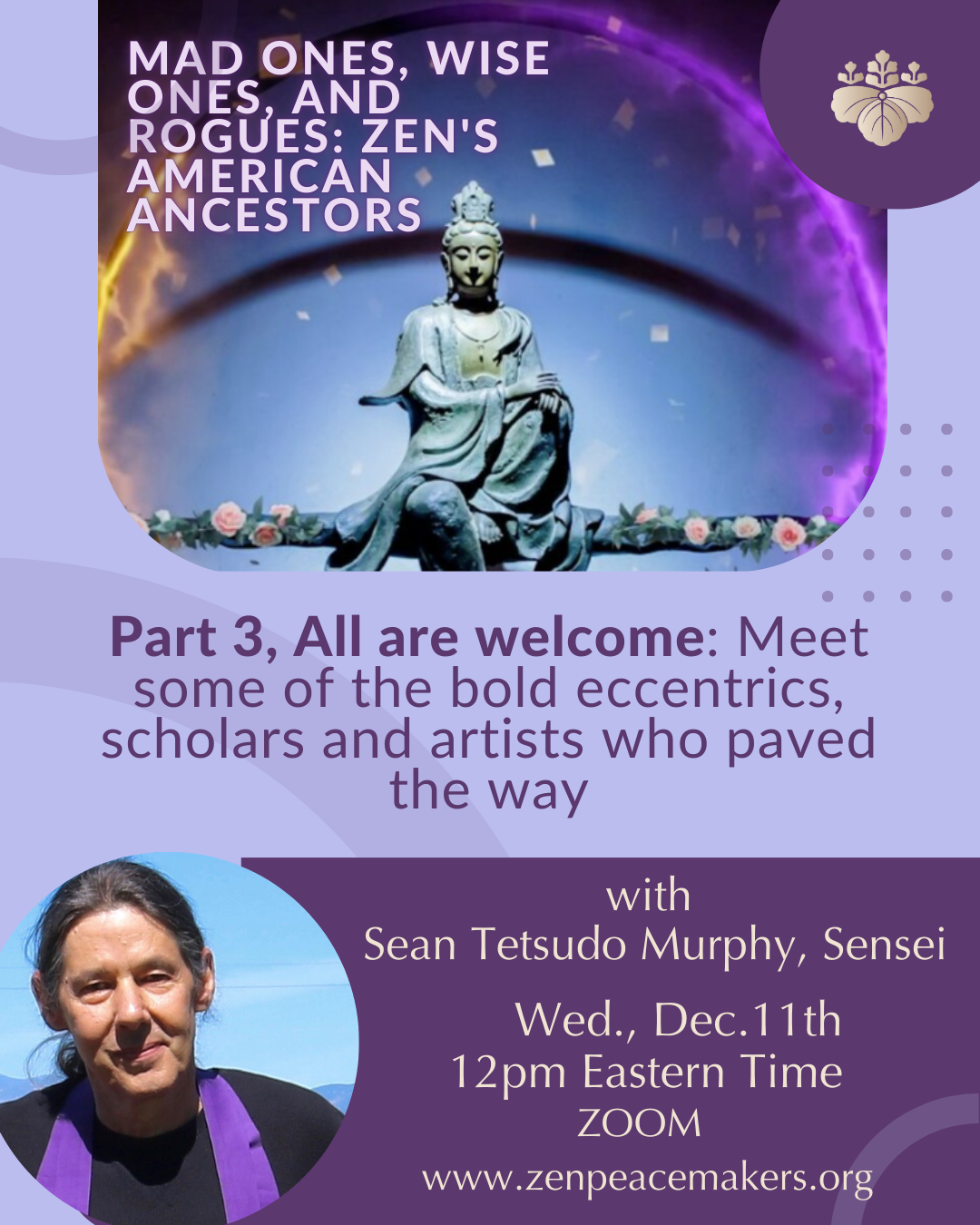Originally published April 08, 1996
I wish to talk about going on the streets during Holy Week, the week of Easter, the week of Passover, one of the saddest and most joyous times of the year. I go on the streets at other times of the year, too, and each occasion is special in its own way, but the streets feel different during Holy Week. The re-membrance and caring that spring to life during that time are unmistakable and unforgettable. To give you a feel for what I mean, let me describe the 1996 Holy Week street retreat.
We spent our first night sleeping–or trying to sleep–in Central Park. It was so cold that at about 4 a.m. we gave up and began to walk downtown, stopping for breakfast at the Franciscan Mission on West 31st Street en route to our hangout at Tompkins Square Park. We were tired and it didn’t help when we heard that it was going to rain that night, the first night of Passover. Walking past St. Mark’s Church in the East Village, I ran into its rector, Lloyd Casson. Notwithstanding the smell of my clothes after a night in the park, Lloyd gave me a hug. I knew Lloyd from the time he’d served as rector of Trinity Church, and before that, as assistant dean at the Cathedral of St. John the Divine. When he heard that we would be in the area, Lloyd suggested we come to the Tenebrae service at St. Mark’s after our Passover seder and then spend the night in the church.
Rabbi Don [Singer] had flown in from California to join us for Passover on the streets, but he’d disappeared in the middle of our night in Central Park. For purposes of the seder, we begged for food in the Jewish restaurants on Second Avenue and in Spanish bodegas by Tompkins Square. One retreat particPeacemakerVillagesnt, a Swiss woman, was given twenty dollars by the Franciscans when she attended their mass that morning before breakfast. Suddenly, as we began to give up hope, Don appeared. He explained that he’d been so cold during the night that he’d gone into the subway to keep warm. After riding the trains all night he’d visited a few Jewish temples, asking them for food for our seder. He arrived with bottles of kosher grape juice and gefilte fish. Using the money the Franciscans had given us we bought more food and then, at nightfall, held a seder at Tompkins Park.
We sat around two picnic tables in an enclosure behind the Park’s restrooms. This was usually locked by the guard during the evening, but this time he unlocked it, especially for our use. We invited the park regulars to join us, including the King and Queen of Punk accompanied by their dog. Don passed around matzos, bitter herbs, and grape juice and we talked about leaving Egypt, the land of bondage, addictions, and delusions, and arriving in the Promised Land. We told the story of slavery and the story of freedom, we sang and danced, Don leading us around the tables. Finally, we shared the food we’d gathered, and when the seder was over we left the tables, the guard locked the enclosure, and we walked over to St. Mark’s Church.
We arrived at St. Mark’s in the middle of the Tenebrae service. The church was designed for performances, so there are no pews, only an altar in front and risers on the sides. Chairs had been brought out, candles dimmed, and the church was completely dark at the end of this sad service about the Passion of Christ.
That’s when Lloyd Casson told his president that the strange-looking group sitting in the back, with musty smells and grizzled faces, would be spending the night at the church. I could see some frenzied whispering going on. I walked over to Lloyd and said that we would be happy to camp outside, on the grounds of the church. But Lloyd was adamant. He asked us to sit together with the president of the church and explain who we were and what we were doing. So we sat in the back along with a few of St. Mark’s parishioners and introduced ourselves. We told them about spending last night in Central Park and now coming from a seder in Tompkins Park. I talked a little about our annual street retreats. It didn’t take long for the president of St. Mark’s to change his mind and give us permission to stay. So that night we slept on the risers. The church was warm and dry, and the candles still burned from the Tenebrae service as we fell asleep. When we awoke we were told to go into the vestry. There we found the president of the church, who had spent the night in the church along with us, busy making us a pot of coffee.
It was now Maundy Thursday, a day of divine mysteries. In the middle of the day, a man came to invite the regulars at Tompkins Square to lunch at St. Brigitte’s Church, on the east side of the park. Off we went to the church basement where a huge meal had been prepared by the parishioners, who also showed us to our table and waited on us. For dessert, they ushered us to a long table in the corner where families had baked cakes, pies, and cookies, and children had prepared cards wishing us a Happy Easter.
At the end of the meal, they asked us if we would like to have our feet washed. They took us behind a partition to a row of chairs and sat us down among other street people. I hesitated. My feet had painful, ugly blisters from our 17-mile walk from Yonkers to Tompkins Square just two days before. But one woman crouched before me and helped me take my shoes and socks off. She examined the blisters. They had punctured and were very red. Gently she dipped my feet into a basin of hot water. Then she massaged my feet.
« Why are you doing this? » I asked her.
« I am doing this because Jesus Christ did, » the woman said, her manicured fingers running very gently over my sore feet. « He washed the feet of his disciples even though he was the Son of God, and that is why I do it, too. »
She put special salve on my blisters. She also gave me a new pair of white socks.
The sun shone that afternoon, beautiful and warm as we sat undisturbed on the benches of Tompkins Park. We did our own Buddhist service, inviting all the hungry ghosts to partake with us in the Supreme Meal. And when that was over we began to make our way even further downtown, towards the Masjid el-Farah Mosque. Its former sheik, my student and Zen teacher, Lex Nur Hixon, had died of cancer six months earlier. His successor, Sheik Fariha, had invited us to come and participate in their weekly zikr.
It was twilight and we were making our way down one of the narrow streets of the financial district when we passed a synagogue I’d never seen before. It was brand new with a modern design. As we paused to admire it a man wearing a yarmulke came out. He looked at our showerless, unshaven group without the slightest curiosity and asked: « Are any of you Jews? »
As a matter of fact, we told him, about four of us were Jews. We even had a rabbi with us.
« Good, » he announced. « We need your help to make a minyan. »
A minyan is a quorum of ten men needed for orthodox Jewish services. We went inside. The men were separated from the women, each sitting in a separate section. It was the second evening of Passover and the Hebrew service went quickly. The rabbi spoke about the Passover temple sacrifices more than 2,000 years ago, then led another short service. At the end he came over to us, shook our hands, and thanked us, and out we went. Three blocks down, around the corner, was the Masjid el-Farrah.
Here we were greeted warmly by Sheik Fariha, an old friend, along with her husband, Sheik Hydar, and a large group of Sufis. They welcomed us to the second floor of the mosque, where we sat together around long, low tables carrying large plates of oriental spiced chicken and rice, cheese and salads, and fresh fruit. We described the evenings spent in Central Park and in St. Mark’s Church. Don Singer spoke about the meaning of Passover. The poet, Robert Bly, joined the gathering and offered a poem. We sang, « La-illaha-il-allah. » There is no God but Allah.
Finally, we went down to the mosque. Again, men and women were separated, with the women covering their hair. In a place of no images, a service was held and we made many bows. And then the zikr began. Zikr means remembrance. Forming a circle within a circle, we whirled around, turning our faces from side to side, saying the name of Allah again and again, losing ourselves in His praise. Hour after hour we did this, calling on the divine names, forming circle after circle of ecstasy. The Sufis sang, instruments played, and we turned and whirled and danced. Rumi, the great Sufi poet and mystic, had written:
« In love with him, my soul
Lives the subtlest of passions,
Lives like a gypsy.
Each day a different house,
Each night under the stars. »
During those five days we were abiding nowhere yet we were everywhere, drunk on the passion of God, Christ, Yahweh, and Allah. Wherever we went we were given food, shelter, friendship, and love. At every place, we were greeted like long-lost children.
The following day, cold and rainy, was Good Friday. After a breakfast of green pea soup and bread at the Catholic Worker food pantry, we went back to St. Brigitte’s to follow their annual Passion play. It began inside the church. A young Hispanic with long black hair, dressed in a simple white robe and sandals, was Christ. Roman soldiers mocked and whipped him, and finally hoisted a big cross on his back. With Christ and the priest leading the way, a procession left the church, going around the Bowery to stop at the Stations of the Cross. It began to snow and soon I could see Christ’s sandals slipping on the wet, white pavement, his legs, and feet red from the cold. But he carried the cross north on Avenue B, followed by the church parishioners and us.
The sleet came down hard. We stopped at each Station of the Cross: a house that was a known hangout for drug dealers, a building where a shoot-out had taken place with the police, a house of prostitution, and an abandoned tenement. We mingled with the people in the procession who struggled every day to build a life in that neighborhood for their families. We stopped at places of drugs, murder, squatting, homelessness, abuse, violence, and squalor, singing devoutly in English and Spanish, asking for forgiveness. Christ’s mother approached him, wishing to cradle him in her arms. He spoke with the women of Jerusalem, who were none other than the women of Ave. B. He was stripped, whipped, scourged, frozen, humiliated, and friendless. And when we returned to the church he was crucified. One of the retreat particPeacemakerVillagesnts had left the street retreat the night before, then rejoined us at Tompkins Park after a change of heart. Now he wept and wept.
We finished our street retreat at the Cathedral of St. John the Divine, with a candlelight mass on the eve of Easter. Jim Morton knew we were coming and had saved us special seats, but that didn’t prevent many of us from dozing off during the dark, somber service. We all awoke when suddenly the lights of the cathedral blazed on and the organ and choir began to sing loudly and joyfully that Christ, once again, had risen.
These were some of the events of our street retreat in Holy Week, 1996. Other things happened that week, too: a sleepless night at Penn Station, two people with such badly blistered feet that they had to leave us. One of the particPeacemakerVillagesnts who’d served as my personal assistant, a talented musician with a history of drug use, went back to using that week. He’d fallen back on old habits several times in the past and it wasn’t even clear that he would particPeacemakerVillageste in the retreat. In the end, he pleaded with me to let him come. I did. On the eve of Maundy Thursday, as we lay on the risers of St. Mark’s Church, he played melody after melody on their organ, lullabying us all to sleep. But the following day he disappeared. Someone else told me he’d gone to see a dealer. I didn’t see him for a long, long time after that.
His story, too, is part of our Holy Week Street Retreat. The retreat was a banquet that lasted for five days and we savored many wonderful dishes. But my assistant was not with us when we returned to our homes in the early hours of Easter Day.




